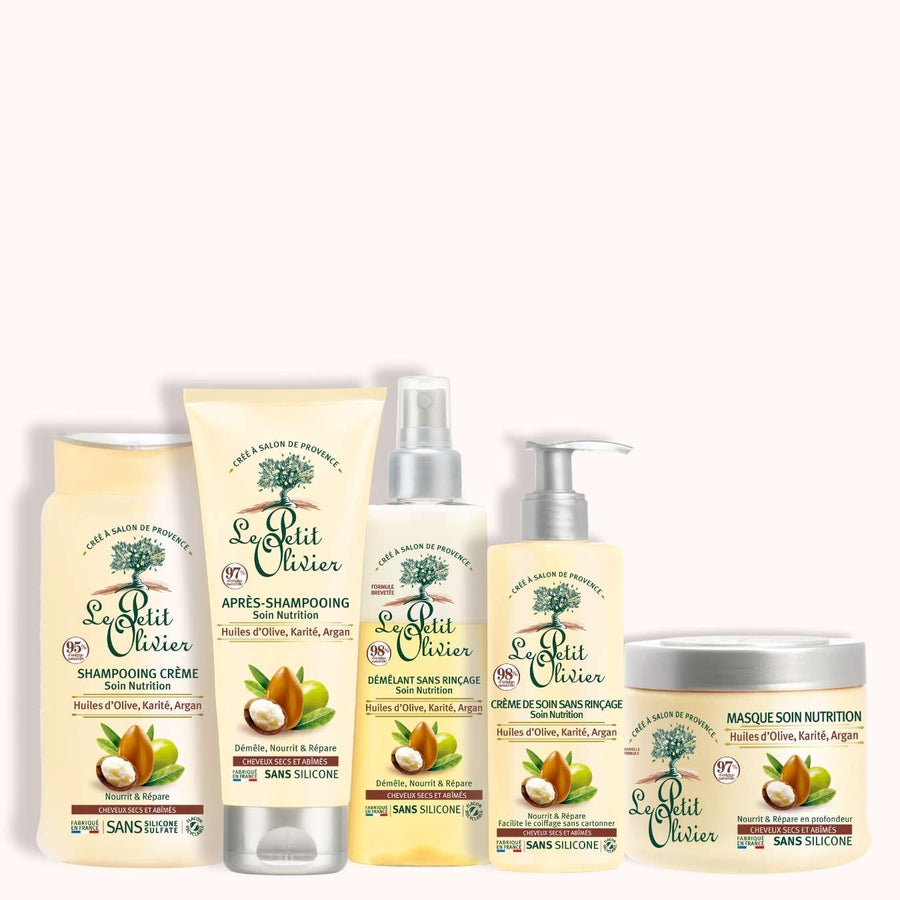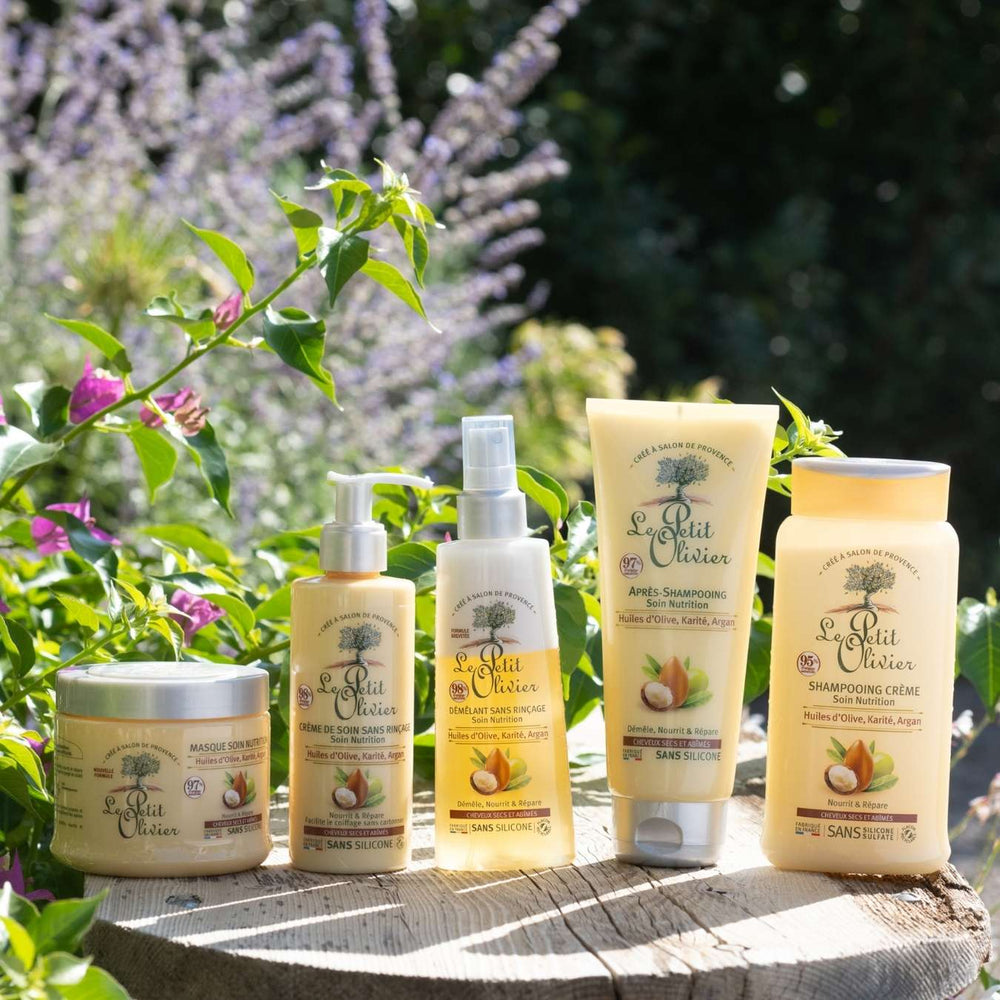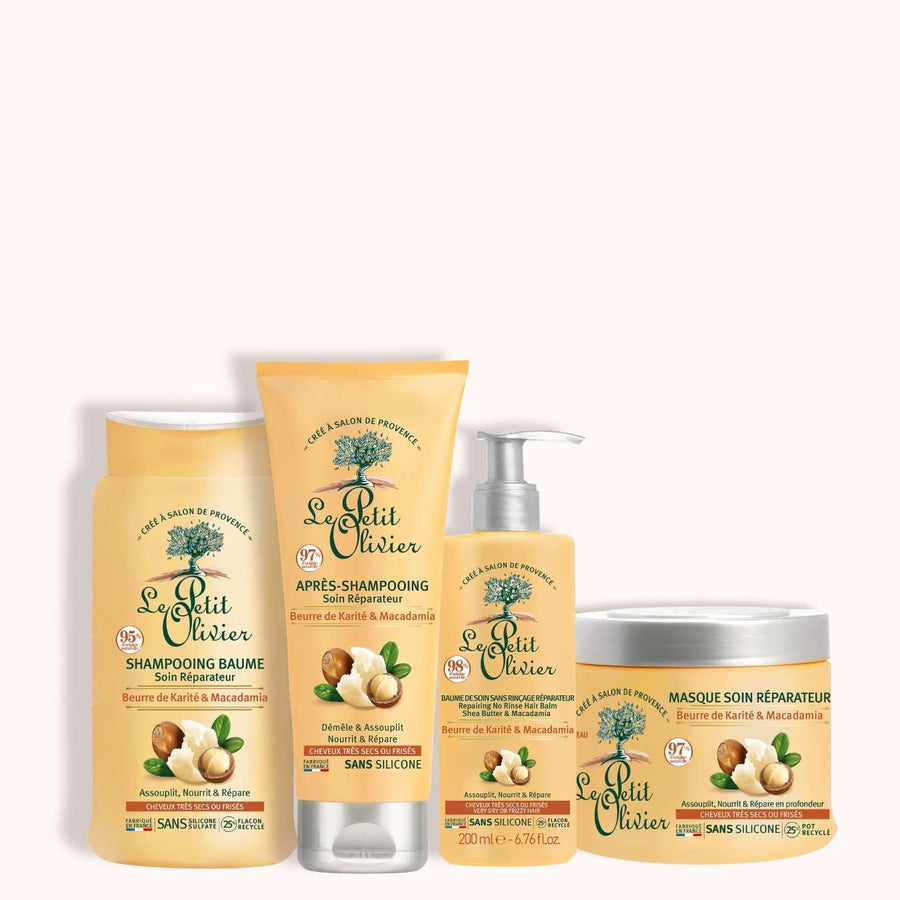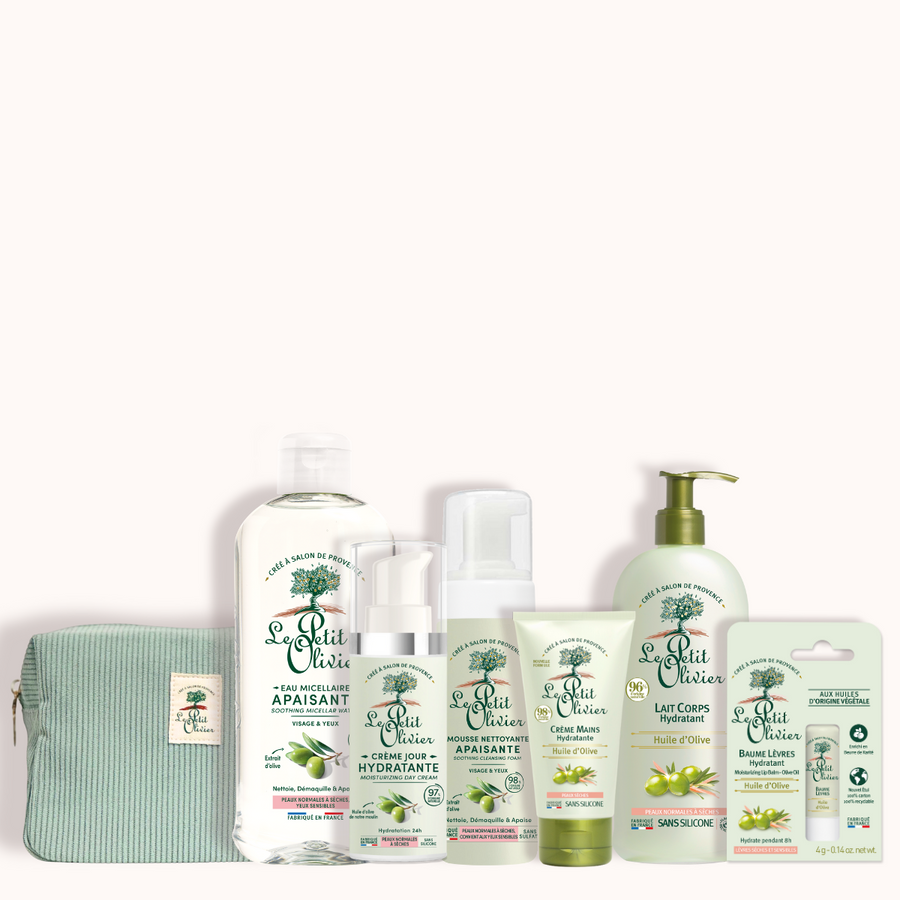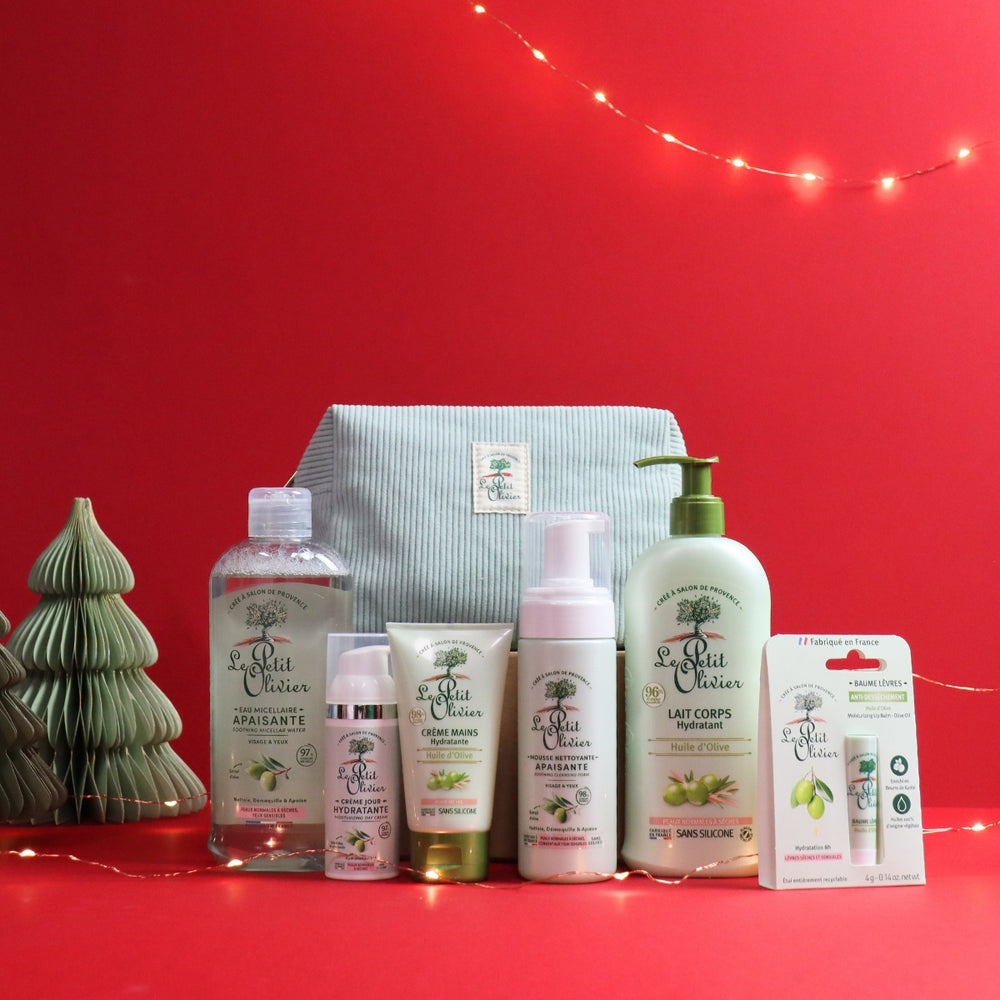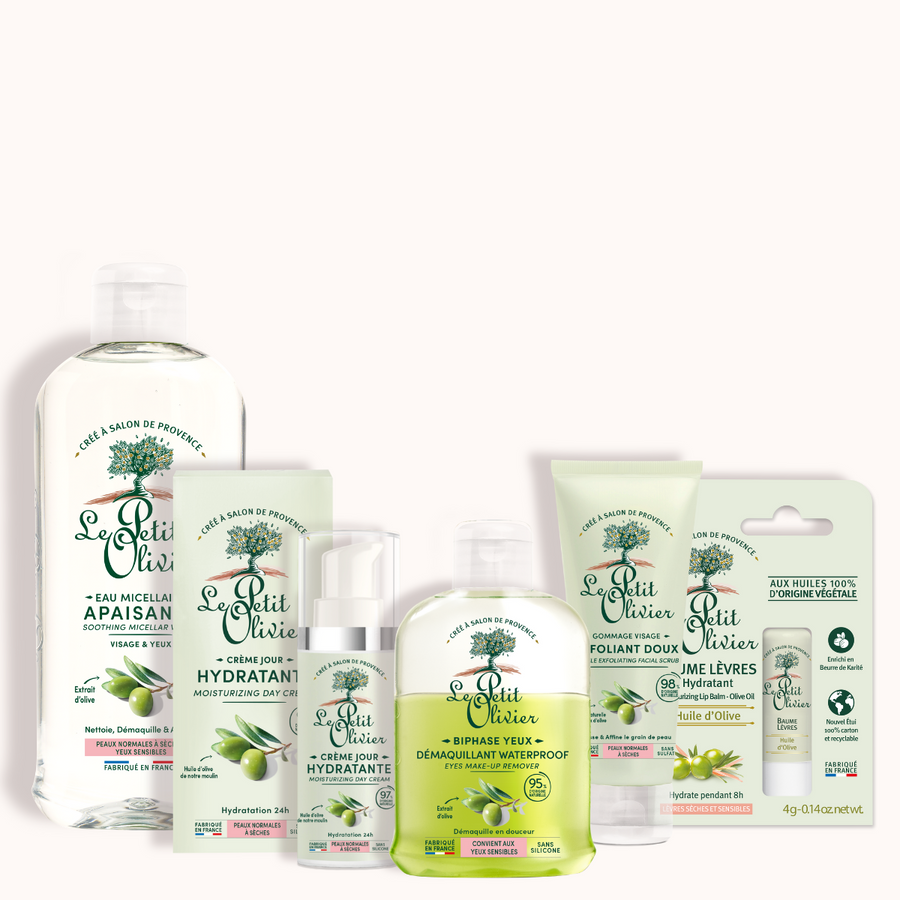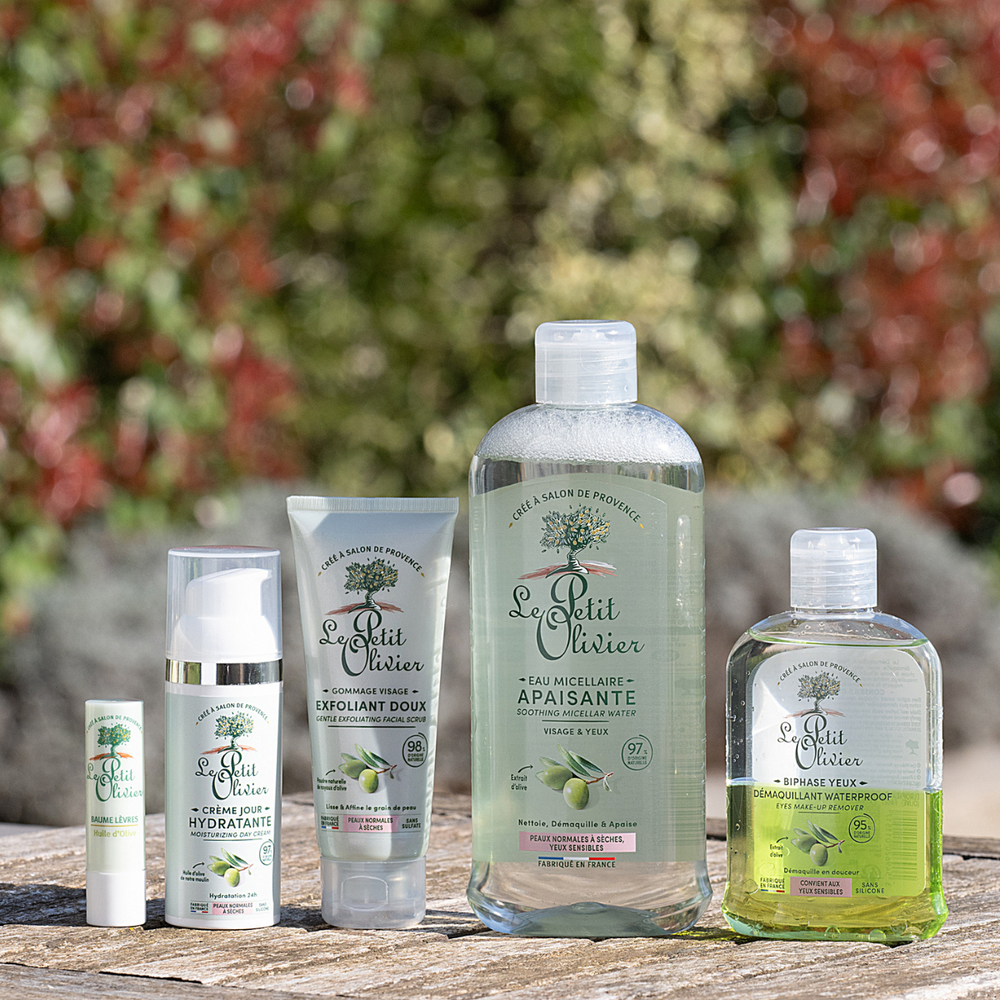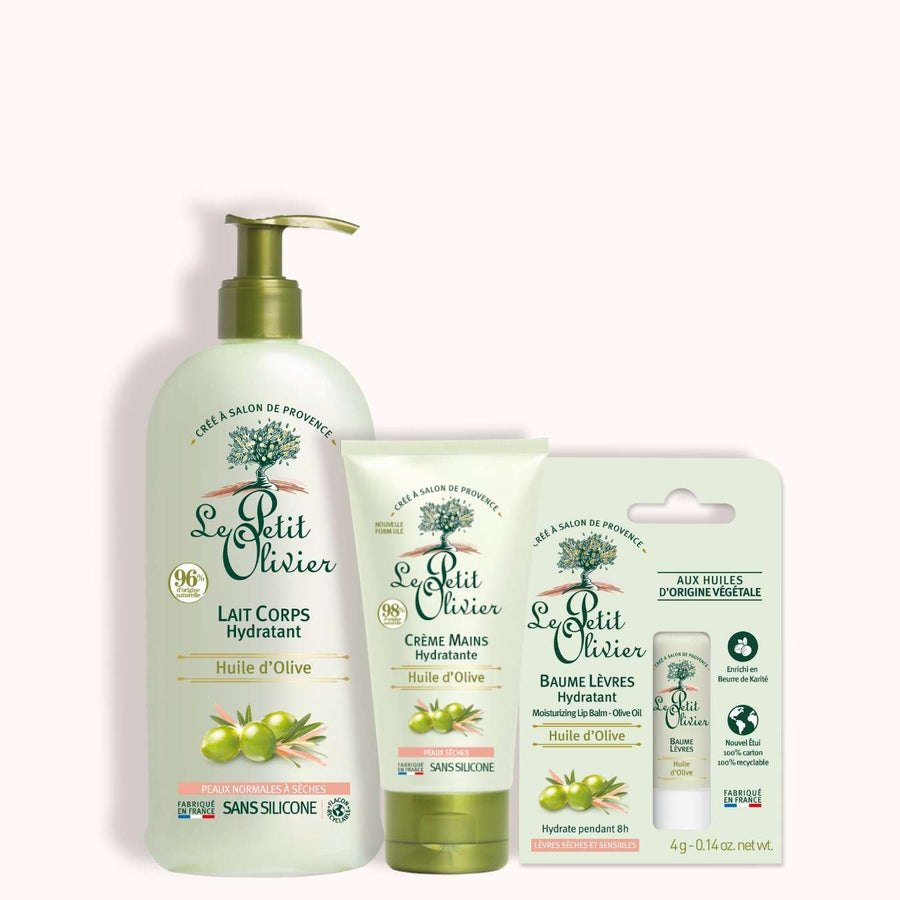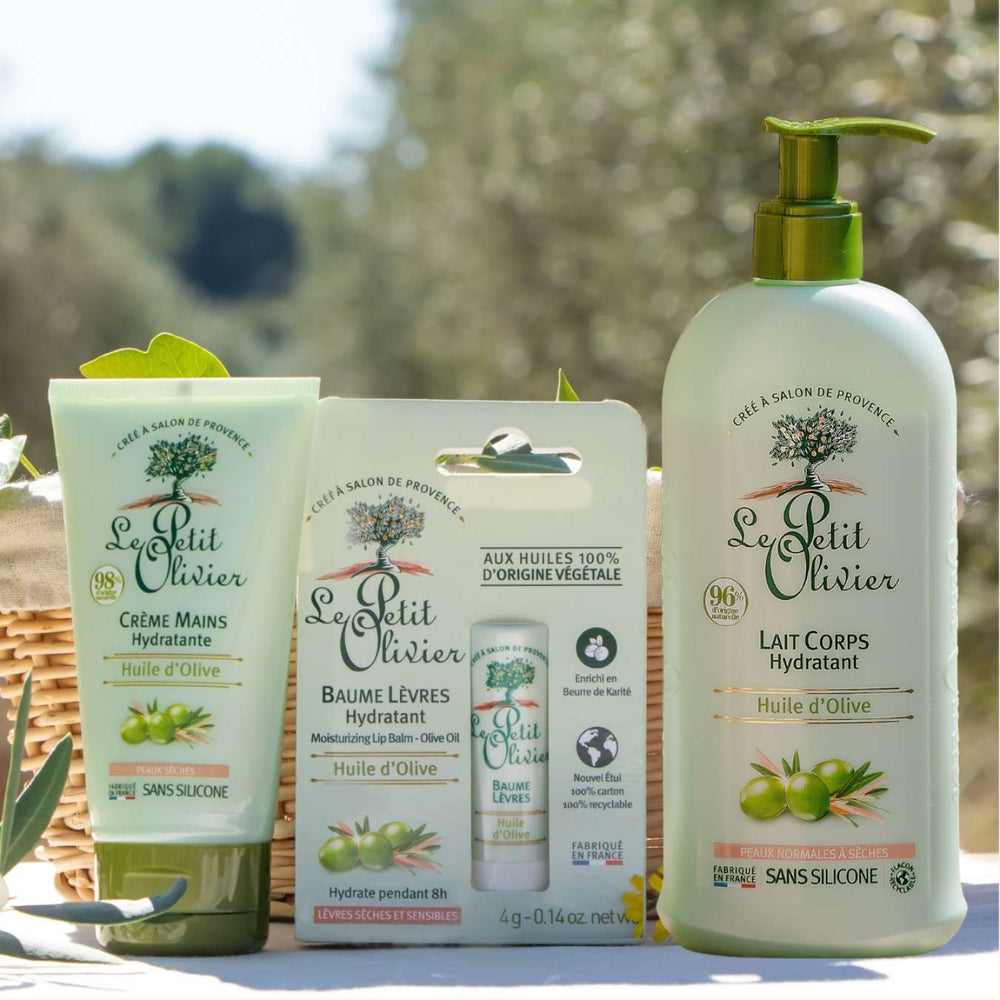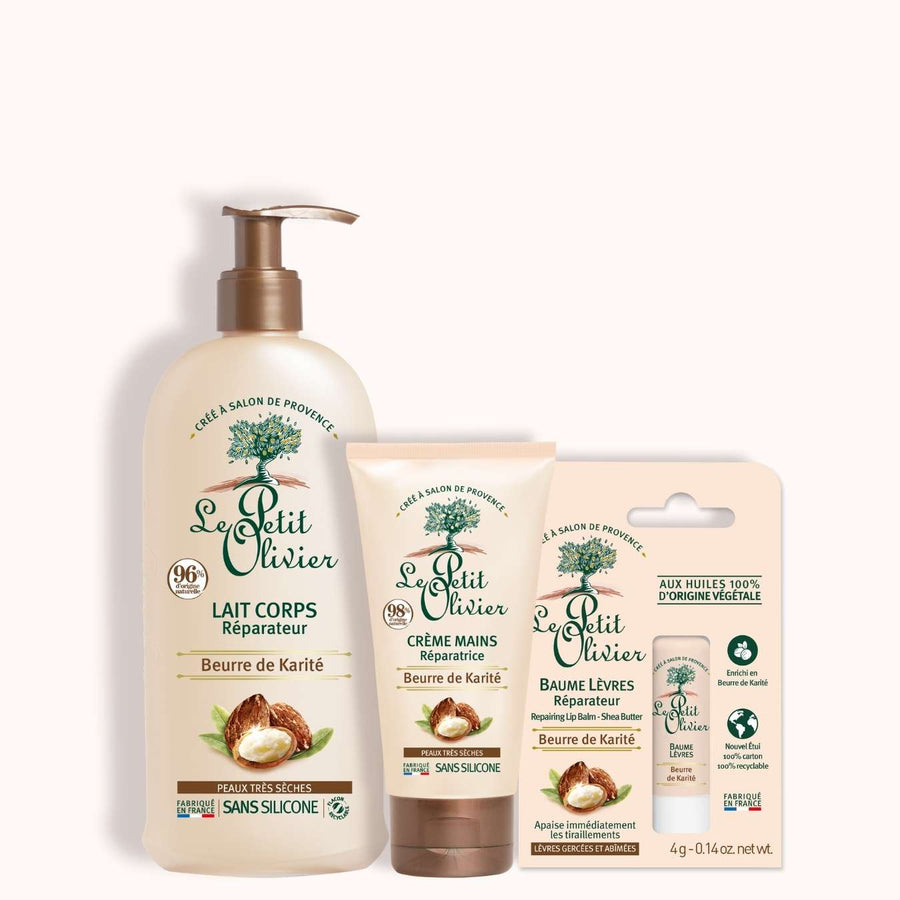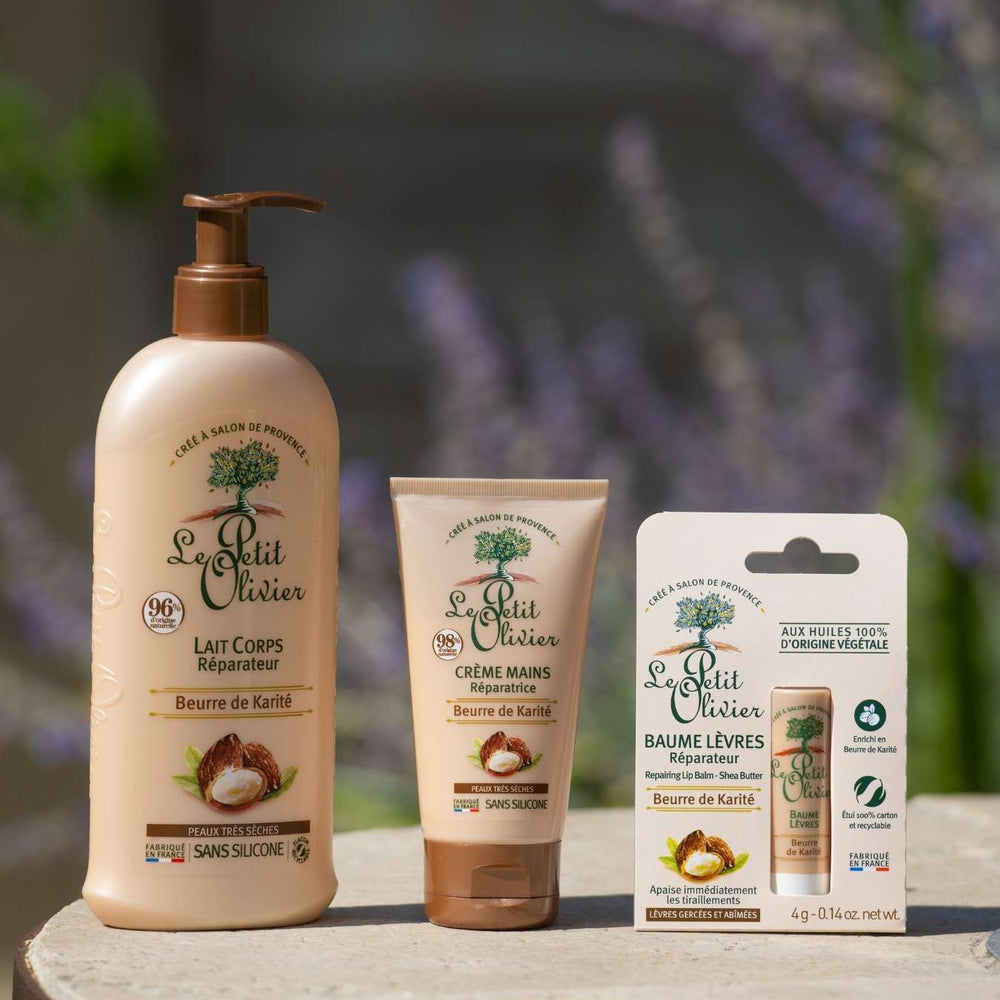Should I apply detangler to wet or dry hair for best results?
Applying a hair detangler may seem trivial, but the choice between wet and dry hair can influence its effectiveness. Why is this distinction crucial? To understand how detanglers work, we need to know what active ingredients they contain and how they interact with the hair fiber. Each type of detangler, whether leave-in or rinse-out, offers distinct advantages depending on the hair's state of humidity. Wet hair facilitates application and maximizes moisturizing and smoothing effects, while on dry hair, conditioner controls frizz and protects against external aggressions. Hair type and specific needs are also determining factors in this decision. Let's explore how to apply detangler for best results.
Understanding how hair conditioner works
How detanglers work on the hair fiber
The action of detanglers is based on a subtle but effective mechanism: they form a protective film around each hair, sealing cuticles and preventing the formation of tangles. This film acts as a shield against external aggressors such as pollution or excessive brushing. When applying detanglers, start with the ends and work your way up to the lengths; this technique limits breakage and ensures even distribution of the product.
The benefits of applying conditioner to wet hair
Detangling effect on wet hair: moisturizing and smoothing
Applying conditioner to wet hair unleashes its fullmoisturizing and smoothing potential. When hair is impregnated with water, it becomes more malleable, allowing the detangler's active ingredients to better penetrate the hair fiber. This optimal absorption promotes immediate smoothing, reducing unwanted frizz. Imagine your curls transforming into silky cascades, each strand gliding effortlessly under your fingers. The cuticles sealed by the protective film formed by the detangler reflect the light, giving your hair an eye-catching shine.
Detangler is easy to apply to wet hair
One of the major advantages of applying to wet hair is the ease with which the product distributes itself evenly. Water acts as a carrier, helping to distribute the detangler evenly down to the ends. This fluidity not only simplifies application, but also reduces the risk of overloading, preventing fine or fragile strands from becoming weighed down. Working with a wide-tooth comb or a soft brush specially designed for wet hair, you guarantee a tug-free, breakage-free experience. In this way, every session becomes a moment of delicate care, where you really take care of your hair.
The benefits of applying conditioner to dry hair
Frizz control with detangler on dry hair
Applying detangler to dry hair may seem counter-intuitive, but it's a frighteningly effective strategy for taming frizz. Imagine preparing your hair for a day when humidity threatens to turn your strands into an unruly cloud. That's where detangler comes in, offering an immediate, targeted solution. By applying the product directly to frizz-prone areas, you create an invisible barrier that disciplines each stubborn strand. The active ingredients in the detangler provide suppleness and elasticity, allowing hair to regain its natural shape without weighing it down.
Protects conditioner from external aggression
Applying detangler to dry hair does more than just manage frizz; it also plays a crucial role in protecting hair fibers from external aggression. Think of all the times you've faced the wind, urban pollution or even prolonged exposure to the sun without paying attention. The protective film formed by conditioner acts like a shield against these devastating elements. Thanks to its specific composition, it preserves the hair shaft while maintaining its structural integrity. As a result, your hair is not only easier to style, but also better protected on a daily basis.
Differences between detanglers: no-rinse vs. rinse-off
Leave-in detanglers for wet or dry hair
Leave-in detanglers are versatile allies in your quest for silky-smooth hair. They require no water to use, making them ideal for fast, effective application on wet or dry hair. Imagine a hurried morning when every minute counts: a light spray of leave-in detangler can instantly transform your hair into a flowing cascade, ready to face the day. These formulas are often enriched with active ingredients that add suppleness and shine, while protecting against the friction of daily styling.
For those who like to personalize their hair routine, these detanglers offer incomparable flexibility. You could choose to apply them to damp hair after showering to maximize hydration, or to dry hair before styling to control frizz. This versatility makes leave-in detanglers a preferred choice for those looking to simplify their routine while maintaining impeccable hair.
Detanglers with rinse: a preference for wet hair
Rinse-out detanglers integrate perfectly into the hair-washing ritual, providing an essential finishing touch to hair care. Intended primarily for wet hair, these products offer the opportunity to work deep into the hair fiber while it's still receptive to moisture. By applying the detangler after shampooing, you allow the nourishing active ingredients to penetrate more effectively, leaving your strands soft and manageable.
This type of detangler finds its place in the hearts of those who love complete hair care. The combined action of massage and application time not only facilitates detangling, but also has a restorative effect on lengths damaged by environmental or mechanical stress. To optimize its benefits, we recommend using a wide-tooth comb during application to ensure even distribution of the product before the final rinse.
Factors influencing the choice of conditioner application
Hair type and choice of conditioner application
Every hair has its own personality, and hair type plays a crucial role in determining the ideal way to apply your conditioner. Fine hair, for example, requires a delicate approach to avoid weighing it down. Applying conditioner to wet hair can be beneficial, as it allows the lightweight active ingredients to penetrate without weighing down the hair fiber. Thick or curly hair, on the other hand, will often benefit from application to dry hair to better control frizz and tame flyaways.
For wavy or curly hair, water is a precious ally that helps define curls while reducing breakage during the detangling process. By applying detangler to damp hair, you not only facilitate combing, but also the absorption of nourishing active ingredients that bring suppleness and shine to your natural curls.
Specific hair needs and detangling effectiveness
Your hair's specific needs also dictate how to get the most out of your detangler. If your strands are prone to dryness or brittleness, opt for application to wet hair to take full advantage of the moisturizing and repairing effect of the active ingredients contained in the product. This promotes better absorption and helps restore lost elasticity.
On the other hand, if your primary objective is to protect your lengths from external aggressors like pollution or wind, applying detangler to dry hair could offer optimal protection. This protective film acts like an invisible bulwark, preserving each hair fiber while maintaining its integrity in the face of everyday elements.
At the end of the day, it's all about listening to what your hair is telling you: adapt your routine according to the signals it sends you to maximize the effectiveness of your hair care routine.
Recommendations for maximizing detangling efficiency
Techniques for optimal conditioner application
To get the most out of your conditioner, it's essential to adopt application techniques that respect the delicate nature of your hair. Start by preparing your hair by thoroughly wetting it, as water facilitates even distribution of the product and promotes better penetration of the active ingredients. Then spray detangler on lengths and ends, where knots are often more prevalent.
Take care to use a wide-tooth comb to gently detangle, starting with the ends and gradually working your way up to the roots. This method limits breakage and preserves the integrity of each hair fiber.
Common mistakes to avoid when using conditioner
Although it may seem simple, applying detangler requires care and precision to avoid certain mistakes that could compromise its effectiveness. One of the most common mistakes is to use too much product, which needlessly weighs down the hair without providing any added benefit. It's best to adjust the quantity according to the thickness and length of your hair.
Also, avoid applying conditioner directly to the scalp: this area doesn't need as much moisture as the lengths, and could become oily more quickly.
Finally, remember that each hair type has its own specific needs: always adapt your routine according to the signals sent by your hair to guarantee maximum efficiency while preserving its natural beauty.
We recommend these other pages:
- When is the best time to apply a hair conditioner?
- Can you use a detangler every day without damaging your hair?
- How to distribute conditioner to avoid persistent knots?
- Should the conditioner be applied all over the hair or just to the ends?
- Hair detangler: what are the best application techniques?
